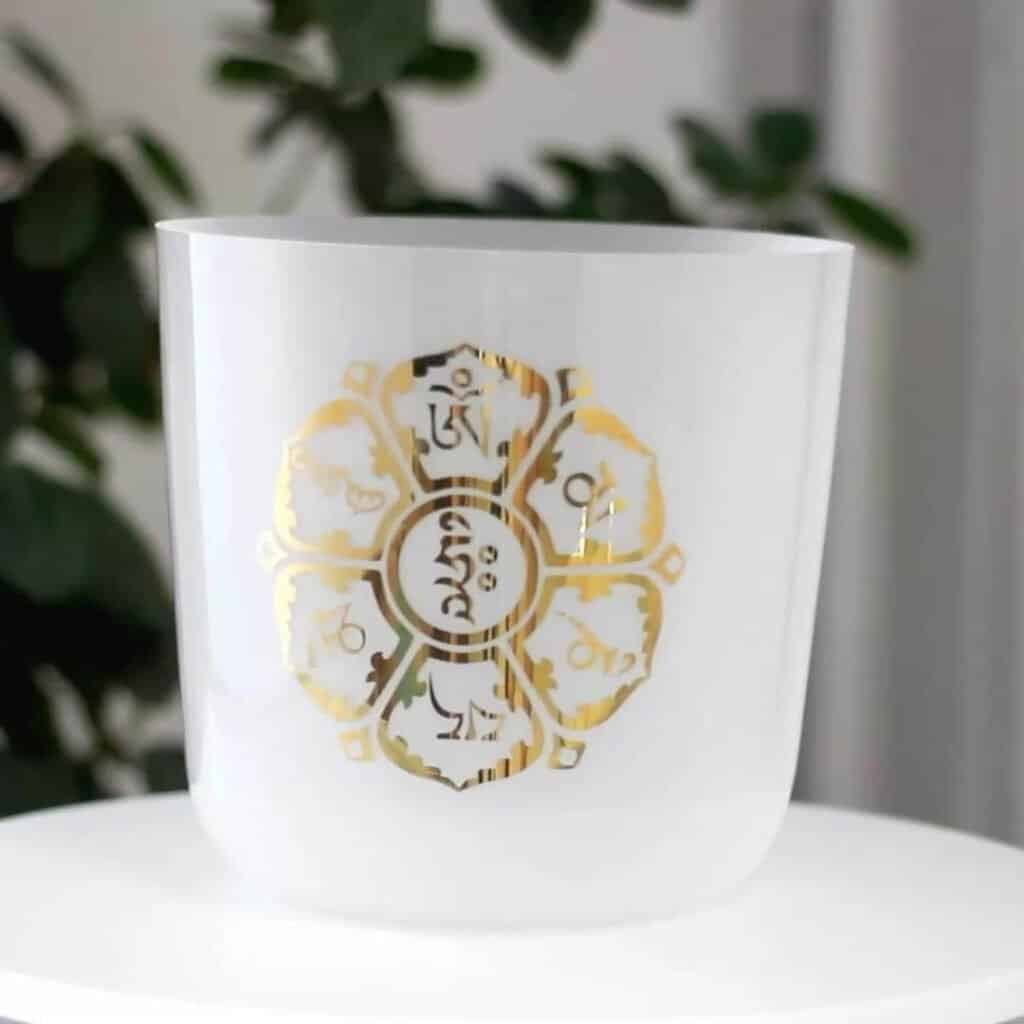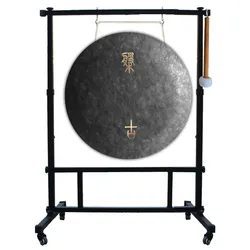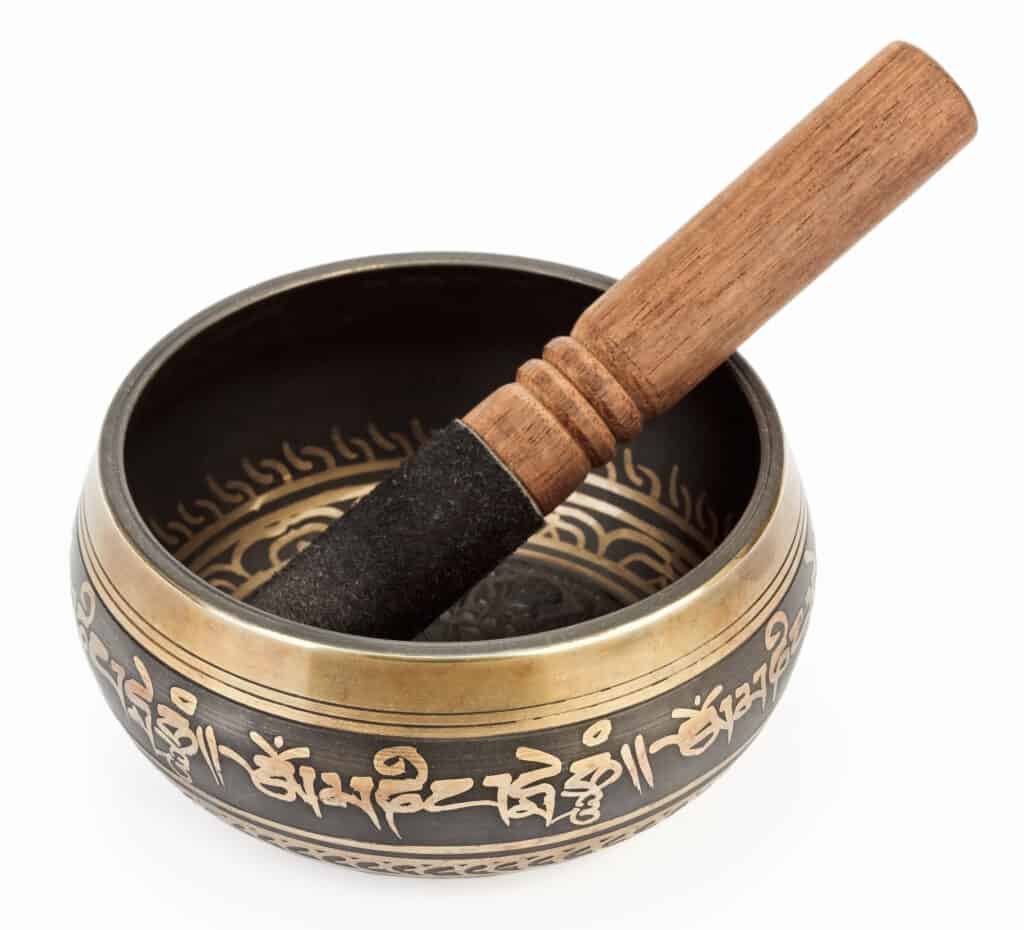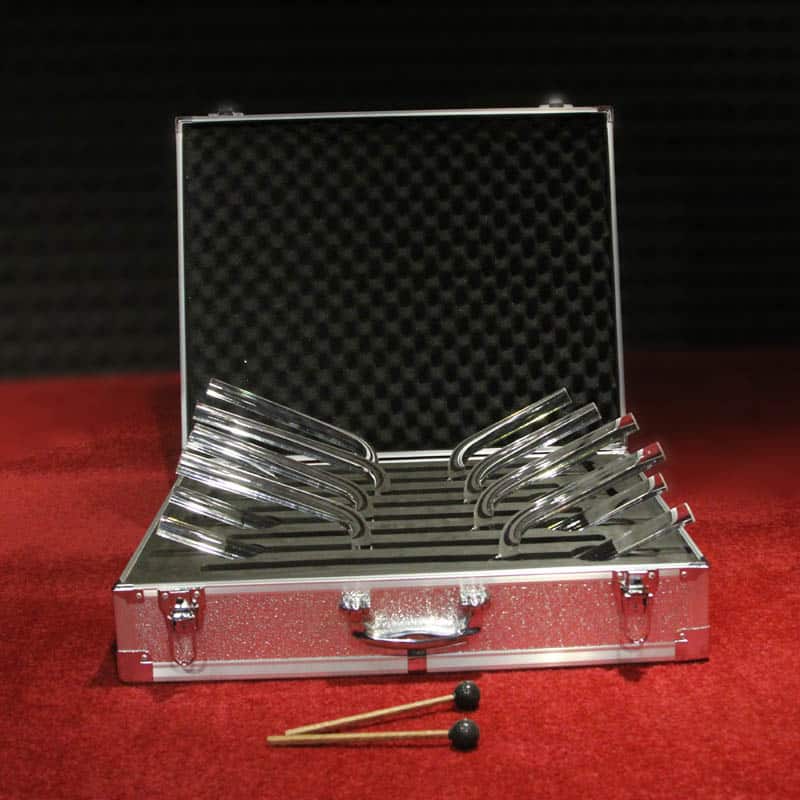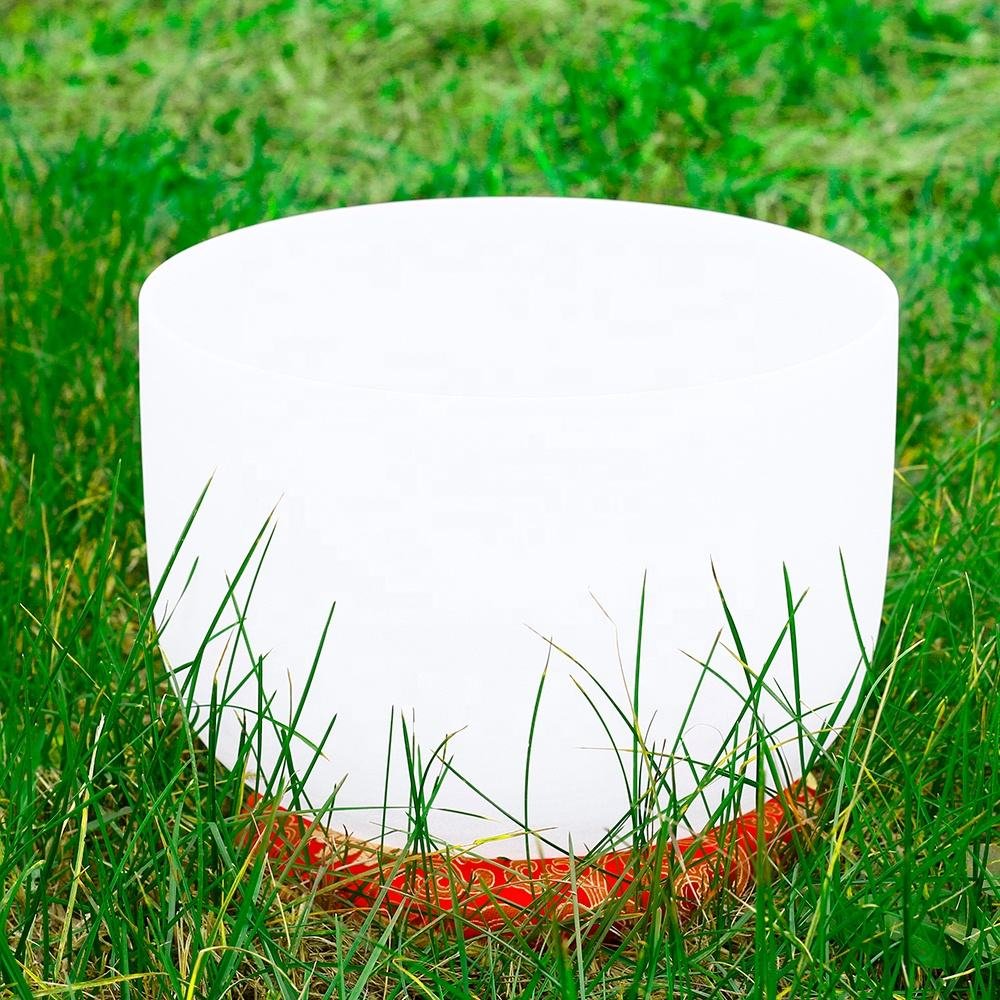Introduction
The steel tongue drum is a unique musical instrument that has gained popularity in recent years. Its soothing tones and easy playability make it accessible to people of all musical backgrounds. If you’re interested in playing the steel tongue drum, learning how to read its music notation is essential. In this article, we will guide you through the process of reading steel tongue drum music, covering everything from basic elements to alternative approaches.
Understanding Steel Tongue Drum Music

Before delving into the specifics of reading sheet music for the steel tongue drum, it’s important to understand the basic elements of its music. Steel tongue drum music is typically written in a standard notation system similar to other musical instruments. It consists of notes, rhythms, dynamics, and articulation markings that convey the intended musical expression.
The Basic Elements of Steel Tongue Drum Music
3.1 Notes and Pitches
In steel tongue drum music, each note is represented by a specific symbol on the staff. The position of the symbol on the staff indicates the pitch of the note. Different sizes and shapes of notes represent varying durations, allowing the player to understand the rhythm of the music.
3.2 Rhythm and Timing
Rhythm and timing are crucial aspects of any musical composition. In steel tongue drum music, rhythm is indicated by different note values, rests, and time signatures. Understanding these elements helps you maintain a steady tempo and accurately reproduce the music.
3.3 Dynamics and Articulation
Dynamics and articulation markings in steel tongue drum music provide instructions on volume, intensity, and style of playing. These markings include symbols such as “piano” (soft), “forte” (loud), staccato dots, legato lines, and more. Paying attention to these markings enhances the expressiveness and musicality of your performance.
Reading Sheet Music for Steel Tongue Drums
Now let’s explore the specifics of reading sheet music for steel tongue drums. Familiarizing yourself with the following elements will enable you to decode and play music written for this instrument.
4.1 The Staff
The staff is a set of horizontal lines and spaces where notes are placed. Steel tongue drum music is typically written on a single staff, making it easier to follow and play.
4.2 Clefs
Clefs are symbols placed at the beginning of the staff to indicate the pitch range. The most common clefs used in steel tongue drum music are the treble clef and the bass clef.
4.3 Notes and Rests
Notes are oval-shaped symbols placed on the lines or spaces of the staff. Each note represents a specific pitch and duration. Rests, on the other hand, represent periods of silence in the music.
4.4 Time Signature
The time signature appears at the beginning of a piece of music and tells you how many beats are in each measure and what type of note receives one beat. Common time signatures for steel tongue drum music include 4/4, 3/4, and 6/8.
4.5 Key Signature
The key signature is a group of sharps or flats placed at the beginning of a staff to indicate the tonality of the piece. It helps you determine the notes that are played consistently higher or lower throughout the composition.
4.6 Dynamics and Articulation Markings
As mentioned earlier, dynamics and articulation markings add expressive qualities to the music. These markings appear as symbols or abbreviations above or below the staff and provide instructions on how to play each section of the music.
Developing Sight-Reading Skills for Steel Tongue Drum Music
Sight-reading is the ability to play a piece of music on the spot just by reading the sheet music. Here are some tips to develop your sight-reading skills specifically for steel tongue drum music:
5.1 Practice Regularly
Consistent practice is essential to improve your sight-reading skills. Set aside dedicated time each day to practice reading different pieces of music.
5.2 Start with Simple Pieces
Begin with simple pieces that have a slower tempo and fewer rhythmic complexities. This allows you to focus on reading the notes accurately without feeling overwhelmed.
5.3 Use Visual and Aural Cues
Observe the overall pattern of the music on the sheet and listen to recordings of the piece if available. This combination of visual and aural cues helps you anticipate the upcoming notes and rhythms.
5.4 Break Down the Music into Sections
Divide the music into smaller sections and practice reading them separately. This approach enhances your ability to read and interpret complex passages.
5.5 Gradually Increase Difficulty
Once you feel comfortable with simpler pieces, gradually move on to more challenging compositions. Pushing yourself to read diverse styles of music will improve your overall sight-reading proficiency.
Alternative Approaches to Reading Steel Tongue Drum Music
While traditional sheet music is commonly used for steel tongue drum music, alternative approaches can also be explored:
6.1 Tablature
Tablature is a form of notation that represents the position of notes on the instrument rather than their pitch. Steel tongue drum tablature simplifies the learning process for beginners and provides a visual representation of where to strike the drum.
6.2 Graphic Notation
Graphic notation uses visual symbols and shapes to represent musical ideas. It allows for more flexibility and creativity in interpreting and performing music. Experimenting with graphic notation can open up new possibilities for expressing yourself through the steel tongue drum.
Conclusion
Reading steel tongue drum music is an essential skill for any player looking to explore the full potential of this captivating instrument. By understanding the basic elements of notation and practicing sight-reading regularly, you can unlock a vast repertoire of music and immerse yourself in the beauty of the steel tongue drum’s melodic sounds.
FAQs
FAQ 1: Can I play steel tongue drum music without reading sheet music?
Certainly! While reading sheet music enhances your understanding and proficiency, you can still play the steel tongue drum using other methods such as improvisation or learning by ear.
FAQ 2: Are there any online resources available for learning to read steel tongue drum music?
Yes, there are various online platforms, tutorials, and sheet music resources specifically tailored for learning to read steel tongue drum music. These resources can provide guidance and help you progress in your musical journey.
FAQ 3: Do I need to have prior musical experience to read steel tongue drum music?
No, prior musical experience is not necessary to start reading steel tongue drum music. The notation system is relatively straightforward, and with practice, anyone can develop the ability to read and play music on the steel tongue drum.
FAQ 4: Can I improvise while reading steel tongue drum music?
Absolutely! Reading sheet music and improvisation are not mutually exclusive. Once you feel comfortable with the notation, you can incorporate your own creative ideas and embellishments into the music.
FAQ 5: What are some tips for overcoming challenges in reading steel tongue drum music?
Patience and practice are key to overcoming challenges in reading steel tongue drum music. Start with simpler pieces, break down complex passages, and gradually increase the difficulty level. Utilize resources, seek guidance from experienced players, and most importantly, enjoy the process of learning and exploring the instrument.



